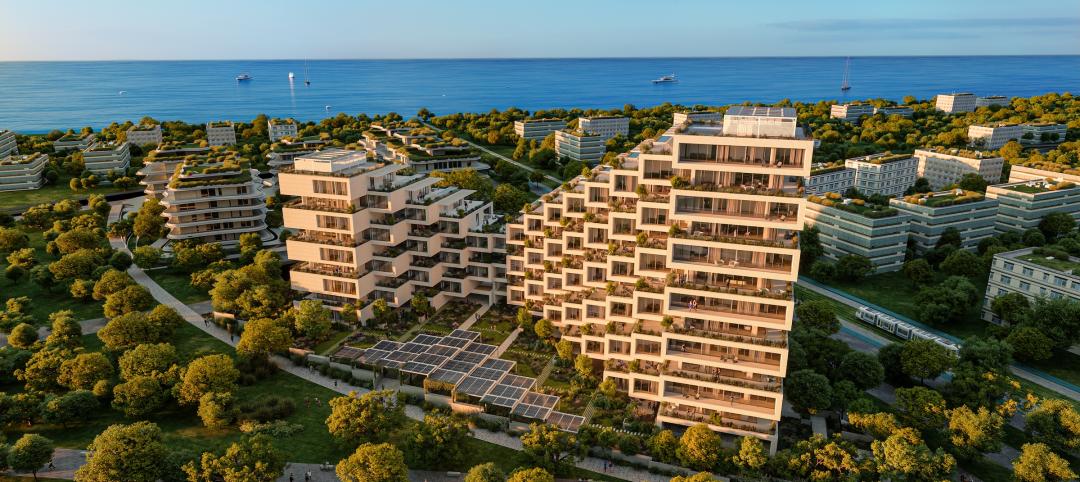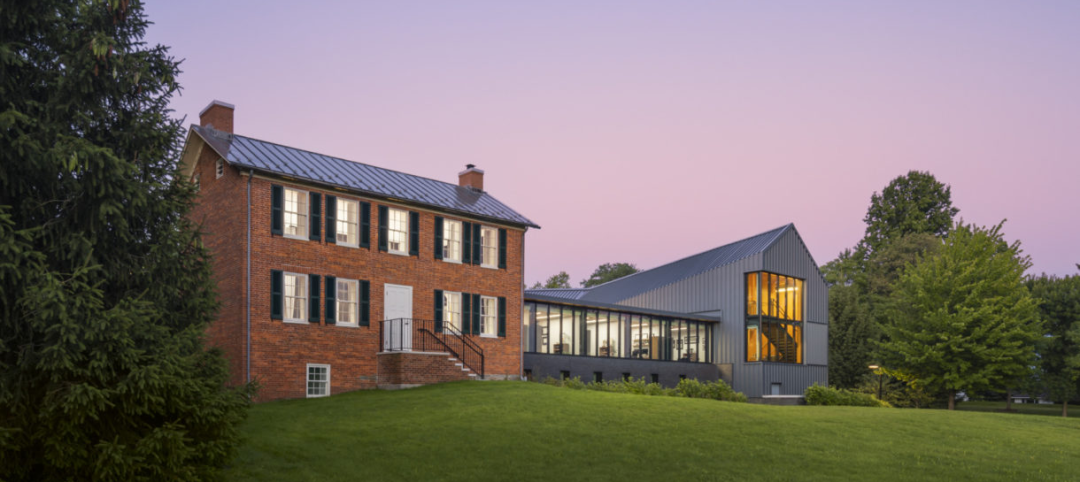The Design-Build Institute of America (DBIA) has released “Universally Applicable Best Practices Applying to Any Project Type, in Any Market Sector, of Any Size.” Based on research, case studies, and industry input, DBIA has identified design-build best practices.
“The 10 Design-Build Done Right Best Practices serve as a single source that clearly defines design-build fundamentals to significantly enhance superior project outcomes,” says Lisa Washington, CAE, Executive Director/CEO, DBIA. “With design-build currently at 40% of all non-residential design and construction, the impetus for owners to engage in Design-Build Done Right is at an all-time high. By applying these ten DBIA Best Practices, owners and practitioners will unlock the inherent value of design-build project delivery.”
Best practices supporting effective design-build start during the owner’s procurement decision-making process and span through project execution. Each DBIA Best Practice is supplemented by several techniques that provide guidance on specific ways to implement the best practice. The combination of best practices and implementing techniques are the basis for Design-Build Done Right.
Design-build requires more than a good contract and appropriate risk allocation. Everyone from the owner to the subcontractors must understand the process, the expectations and fully engage in the collaboration. DBIA categorizes the 10 best practices (and nearly 50 supporting implementing techniques) into three areas:
Procuring Design-Build Services
1. An owner should conduct a proactive and objective assessment of the unique characteristics of its program/project and its organization before deciding to use design-build.
2. An owner should implement a procurement plan that enhances collaboration and other benefits of design-build and is in harmony with the reasons that the owner chose the design-build delivery system.
3. An owner using a competitive design-build procurement that seeks price and technical proposals should: (a) establish clear evaluation and selection processes; (b) ensure that the process is fair, open and transparent; and (c) value both technical concepts and price in the selection process.
Contracting for Design-Build Services:
4. Contracts used on design-build projects should be fair, balanced and clear, and should promote the collaborative aspects inherent in the design-build process.
5. The contract between the owner and design-builder should address the unique aspects of the design-build process, including expected standards of care for design services.
6. The contracts between the design-builder and its team members should address the unique aspects of the design-build process.
Executing the Delivery of Design-Build Projects:
7. All design-build team members should be educated and trained in the design-build process, and be knowledgeable of the differences between design-build and other delivery systems.
8. The project team should establish logistics and infrastructure to support integrated project delivery.
9. The project team, at the outset of the project, should establish processes to facilitate timely and effective communication, collaboration, and issue resolution.
10. The project team should focus on the design management and commissioning/turnover processes and ensure that there is alignment among the team as to how to execute these processes.
DBIA recognizes that there are real-world differences among design-build market sectors (e.g., water/wastewater, transportation, federal projects), and that specific implementation techniques might differ slightly from one market sector to another. For this reason, DBIA is in the process of working with market sector experts on sector-specific documents to supplement the overall best practices released today. These will provide more detailed guidance on how to put these best practices and implementing techniques into use in different design-build market sectors.
DBIA intends to continually update its portfolio of publications, tools and other resources so that design-build stakeholders will have access to leading-edge information that will allow them to achieve Design-Build Done Right in accordance with the concepts expressed in this document.
Related Stories
Museums | Jan 8, 2024
Achieving an ideal visitor experience with the ADROIT approach
Alan Reed, FAIA, LEED AP, shares his strategy for crafting logical, significant visitor experiences: The ADROIT approach.
Designers | Jan 8, 2024
DLR Group adds executive leaders
DLR Group Chief Executive Officer Steven McKay, AIA, RIBA, announced new executive leaders for the 100% employee-owned, globally integrated design firm.
AEC Tech | Jan 8, 2024
What's driving the surge of digital transformation in AEC today?
For centuries, the AEC industry has clung to traditional methods and legacy processes—seated patterns that have bred resistance to change. This has made the adoption of new technologies a slow and hesitant process.
K-12 Schools | Jan 8, 2024
Video: Learn how DLR Group converted two big-box stores into an early education center
Learn how the North Kansas City (Mo.) School District and DLR Group adapted two big-box stores into a 115,000-sf early education center offering services for children with special needs.
Green | Jan 8, 2024
DOE releases RFI on developing national definition for a Zero Emissions Building
The Department of Energy released a Request for Information (RFI) for feedback from industry, academia, research laboratories, government agencies, and other stakeholders on a draft national definition for a Zero Emissions Building.
Codes and Standards | Jan 8, 2024
Australia to be first country to ban engineered stone countertops
In 2024, Australia will be the first country to ban engineered stone countertops. The ban came after a years-long campaign supported by doctors, trade unions, and workers over concerns that the material was causing increased silicosis cases among workers cutting and handling it.
Roofing | Jan 8, 2024
Researchers devise adaptive roof tile concept that adjusts to ambient temperatures
Scientists at the University of California Santa Barbara published a paper that proposes adaptive roof tile technology that can adjust to ambient temperatures. Using a wax motor, tiles could switch from a heating or cooling state enabling savings on heating and cooling costs.
MFPRO+ News | Jan 4, 2024
Bjarke Ingels's curved residential high-rise will anchor a massive urban regeneration project in Greece
In Athens, Greece, Lamda Development has launched Little Athens, the newest residential neighborhood at the Ellinikon, a multiuse development billed as a smart city. Bjarke Ingels Group's 50-meter Park Rise building will serve as Little Athens’ centerpiece.
MFPRO+ Special Reports | Jan 4, 2024
Top 10 trends in multifamily rental housing
Demographic and economic shifts, along with work and lifestyle changes, have made apartment living preferable for a wider range of buyers and renters. These top 10 trends in multifamily housing come from BD+C's 2023 Multifamily Annual Report.
Giants 400 | Jan 3, 2024
Top 200 Reconstruction Architecture Firms for 2023
Gensler, Stantec, HDR, Corgan, and PBK Architects top BD+C's ranking of the nation's largest building reconstruction/renovation architecture and architecture engineering (AE) firms for 2023, as reported in the 2023 Giants 400 Report.

















